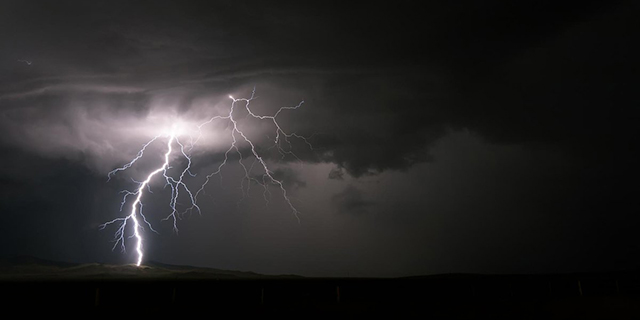Predicting epileptic seizures, just like the weather
A new tool can predict the likelihood of epileptic seizures, paving the way for a forecasting app that could be used every day.

Every morning you wake up and check the weather app on your smartphone, to see if it will rain. If the forecast probability is high enough, let’s say 80 per cent, you decide to bring an umbrella to work.
Now, imagine waking up and not knowing if you will have a seizure that day. You might not be able to go to work at all. This is the uncertainty faced by people with epilepsy every day. An app providing a daily seizure forecast would be life changing – and that is exactly what our team of neuro-engineering researchers at the University of Melbourne is developing.
Led by Professor Mark Cook, Academic Lead at St Vincent's Hospital and Director of Graeme Clark Institute, our team has recently published a powerful new framework for seizure forecasting. Published in Brain Journal of Neurology, it is the longest forecasting study (where data is used to make reliable predictions about the future) undertaken in humans.
The framework paves the way for us to develop a daily seizure forecast app. We envisage users will be able to enter information about their seizure activity, medication and other lifestyle factors that can be combined with environmental data and brain recordings. This information will then be aggregated to tell the user how likely they are to have a seizure that day.
This article was first published on Pursuit. Read the original article in full here.